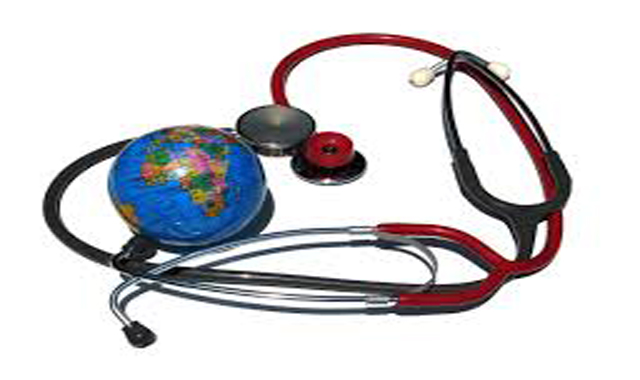It doesn’t take much to get clinicians to express their opinions about EHRs riddled with inefficient, cumbersome, and frustrating interfaces. EHR backlash is at an all-time high, so EHRintelligence asked LinkedIn users how we can turn the dissatisfaction around. The resulting comments pointed to a fundamental disconnect between design and daily use, and unleashed significant criticism of the government’s push for EHR adoption before vendors could produce a product worth using.
Michael Garver, CEO of Premier Care Pediatrics
The key from my perspective is that in the “race” to corner the EMR market, there was no common framework or platform established. The ability of EMRs to share information one day is not likely, at least in my lifetime.
A successful EMR needs to be a practice management tool. Developers and programmers must study physician and staff work flow to create an EMR that serves to facilitate efficient medical care. Instead of a cornucopia of various “electronic records”, there need to be a set of standards in functionality common to all. In order to interface they must all have a similar framework.
Under the right circumstances electronic health records should make doctors more efficient, able to spend more time with patients and be more productive. Had there been more oversight in the development process, perhaps converting to an electronic health record would have been an easier sell.
Rob Tholemeier, Consultant
Good apps start with designers learning the manual processes with an idea on how to make users more productive without sacrificing quality through automation. But it also requires good experienced engineers and technical architects to create the software.
Every EHR I have seen pretty looks like it was coded by people that just picked up a copy of Visual Basic for Dummies. One EHR CEO/MD brags that this is how his EHR was developed by him. How many years does it take to make great software designers and engineers? About the same as it takes to make a great surgeon. And not everybody that can learn .Net is going to be good at design, architecture, or engineering, but they sure can create millions of screen-forms and menus overnight.
Julie Bartels, National Healthcare Information at ThedaCare Center for Healthcare Value
The hypothesis used to create the provisions in the HITECH Act assumed that once patient data was captured in an EMR, all the information needed to support quality improvement programs and clinical operations would be readily available and that existing quality improvement programs would leverage the information to improve outcomes – signaling higher satisfaction for all stakeholders.
In reality, the historical and primary purpose of EMRs was to capture the data necessary to bill and collect revenue, not to support the evaluation or improvement of clinical care processes. Using this square peg to fill a round hole is awkward and time consuming. And it doesn’t stand a chance in resulting in higher physician satisfaction without a complete overhaul in which the system focuses on the patient experience and outcome rather than revenue management.
Kon Champavannarath, Director of Information Systems at Bartow Regional Medical Center
It’s possible [to turn dissatisfaction around], if you can find a company that uses a panel of nurses and physicians that approves every release of the software. Until then, we’ll continue seeing the disconnect of a computer programmer making the decisions on a clinical workflow. Source




















